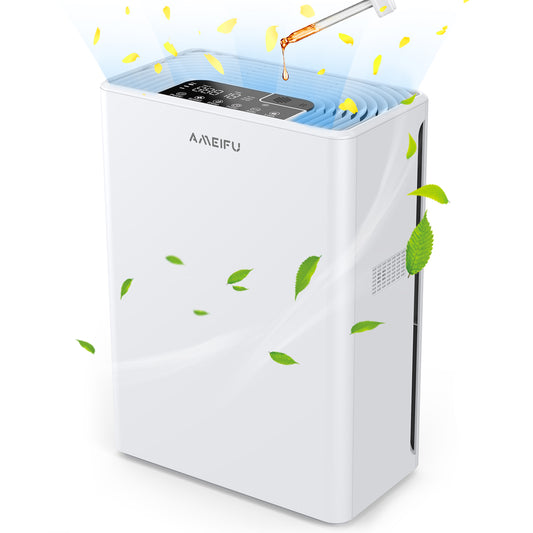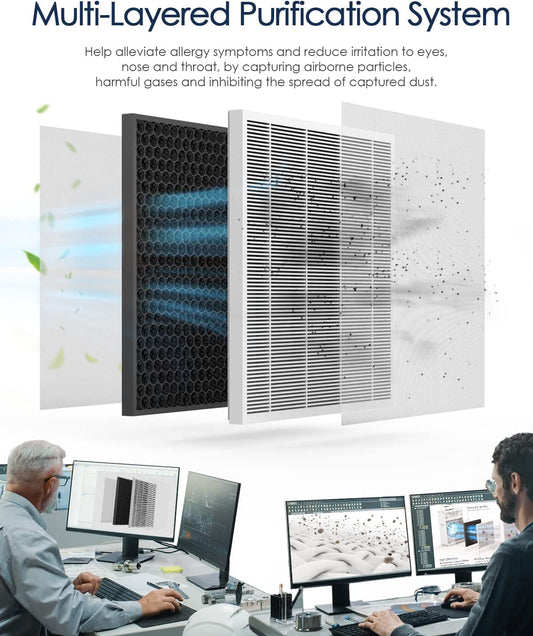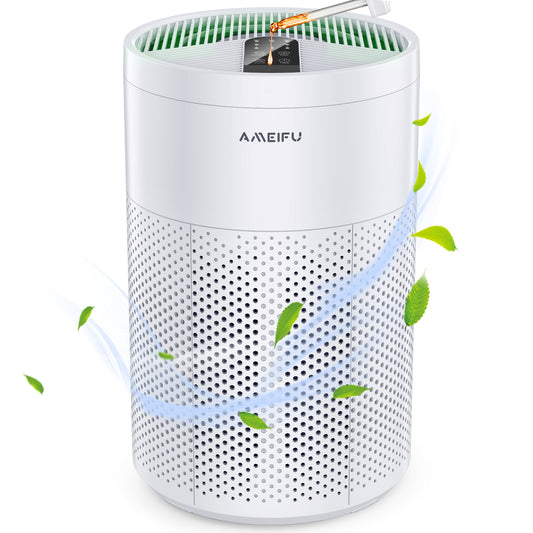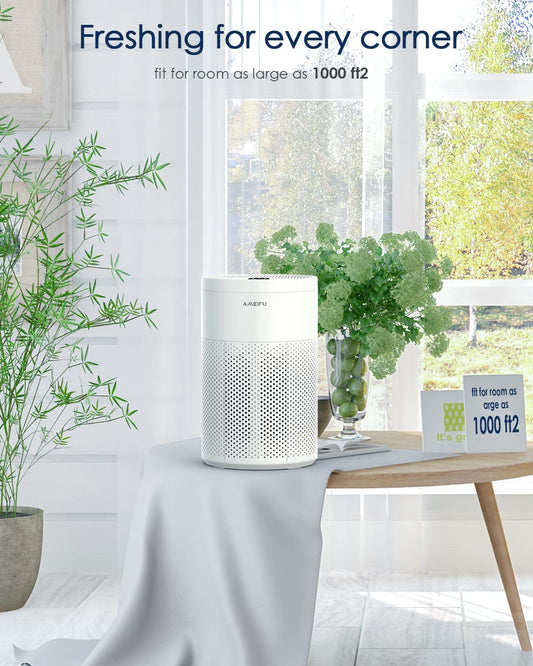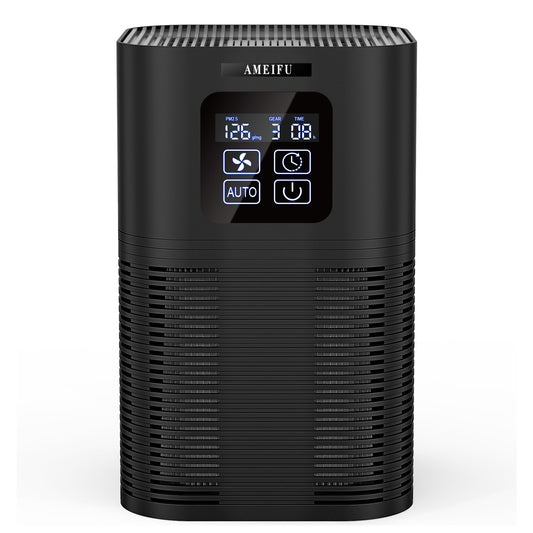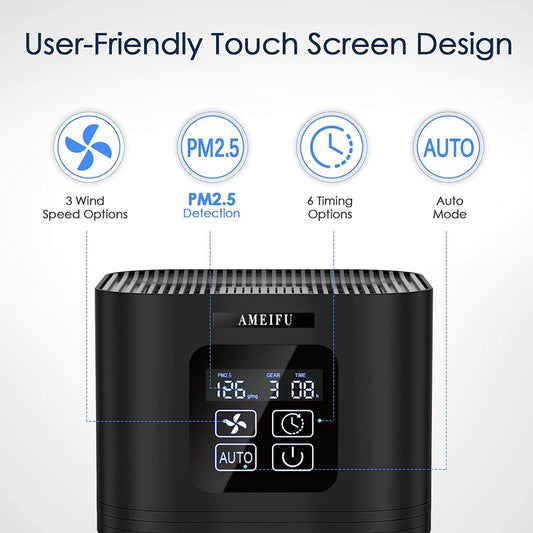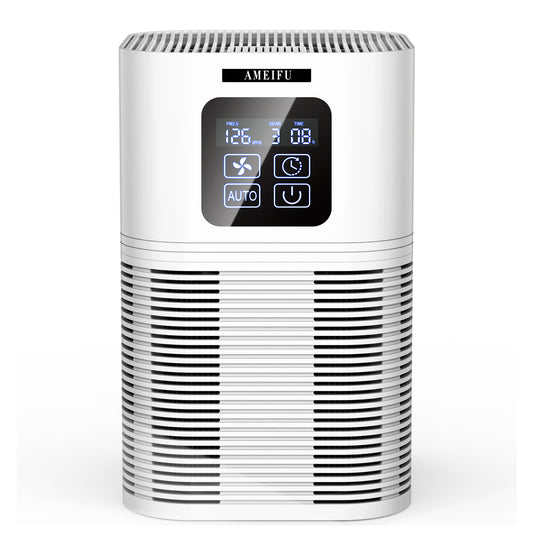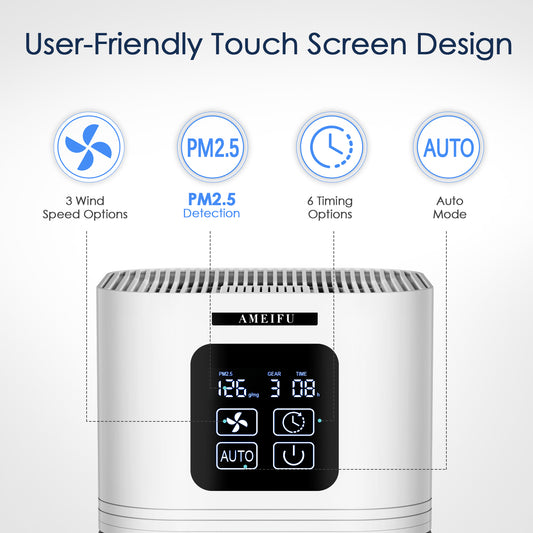In recent years, air purifiers have become increasingly popular as people become more aware of the importance of indoor air quality. However, many people still wonder what exactly an air purifier does and whether it is worth investing in one. In this article, we will explore the benefits and functionality of air purifiers in detail, so you can make an informed decision about whether an air purifier is right for you.
What is an Air Purifier?
An air purifier, also known as an air cleaner, is a device that removes pollutants and other harmful particles from the air in a room or space. The most common pollutants that air purifiers are designed to remove include dust, pollen, pet dander, smoke, and other harmful particles that can be harmful to our health.

Benefits of Using an Air Purifier
The main benefit of using an air purifier is that it helps to improve indoor air quality. Poor indoor air quality can lead to a variety of health problems, such as respiratory issues, allergies, and asthma. By removing harmful particles from the air, an air purifier can help reduce the risk of these health problems and create a healthier living environment.
Another benefit of using an air purifier is that it can help reduce unpleasant odors. This is especially useful for households with pets or smokers, as the purifier can help eliminate the smell of pet dander and cigarette smoke.
Additionally, air purifiers can be helpful for people with seasonal allergies. By removing pollen and other allergens from the air, air purifiers can help reduce the severity of allergy symptoms, such as sneezing, coughing, and congestion.
How Do Air Purifiers Work?
Air purifiers work by using various methods to remove harmful particles from the air. The most common methods used by air purifiers include filtration, ionization, and ozone generation.
- Filtration: This is the most common method used by air purifiers. Filtration involves using a filter to capture harmful particles from the air. The filter can be made of different materials, such as HEPA filters, activated carbon filters, or pre-filters. HEPA filters are the most effective at capturing small particles, such as pollen and dust, while activated carbon filters are best for removing odors and VOCs (volatile organic compounds).
- Ionization: This method involves releasing negatively charged ions into the air, which attach to positively charged particles, such as dust and pollen. The particles then become too heavy to remain airborne and fall to the ground, where they can be vacuumed up or swept away.
- Ozone Generation: This method involves producing ozone, which reacts with harmful particles in the air, such as VOCs and bacteria, and breaks them down into harmless substances. However, ozone can also be harmful to humans in high concentrations, so it is important to choose an air purifier with safe ozone levels.

Conclusion
Air purifiers are devices that help improve indoor air quality by removing harmful particles from the air. They offer a variety of benefits, such as reducing the risk of respiratory issues and allergies, eliminating unpleasant odors, and creating a healthier living environment. There are various methods that air purifiers use to remove particles, such as filtration, ionization, and ozone generation. When choosing an air purifier, it is important to consider your specific needs and choose a device that is safe and effective. With the right air purifier, you can breathe cleaner, healthier air and improve your overall quality of life.


